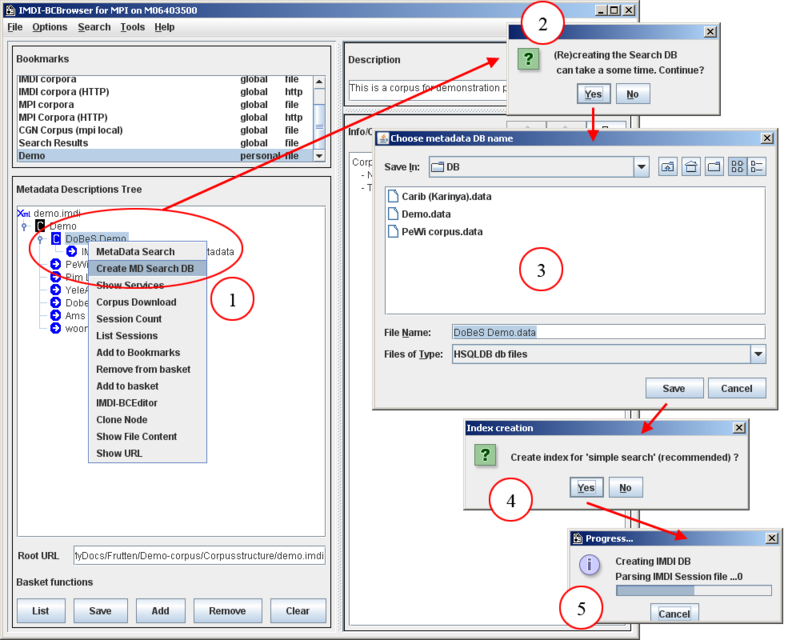

If the file is not present, it will be created. To concatenate the contents of file1.txt and file2.txt and append the result to file3.txt to use the ( >) operator: cat file1.txt file2.txt > file3.txt If the combinedfile.txt file doesn’t exist, the command will create it. The following command will concatenate the contents of file1.txt and file2.txt and write them to a new file combinedfile.txt using the ( >) operator : cat file1.txt file2.txt > combinedfile.txt You can concatenate two or more text files and write them to a file. cat reads the files in the sequence given in its arguments and displays the file’s contents in the same sequence.įor example, the following command will read the contents of file1.txt and file2.txt and display the result in the terminal: cat file1.txt file2.txt When passing two or more file names as arguments to the cat command, the contents of the files will be concatenated. To display the invisible line ending character use the -e argument: cat -e /etc/lsb-release DISTRIB_ID=Ubuntu$ĭISTRIB_DESCRIPTION="Ubuntu 18.04.1 LTS"$

The TAB characters will be displayed as ^I. The -T option allows you to visually distinguish between tabs and spaces. Use the -s option to omit the repeated empty output lines: cat -s file.txt Display TAB characters # To display contents of a file with line numbers, invoke cat with the -n option: cat -n /etc/lsb-release 1ĝISTRIB_ID=UbuntuĤĝISTRIB_DESCRIPTION="Ubuntu 18.04.1 LTS" Same as before, if the file is not present, it will be created. Of file1.txt to file2.txt : cat file1.txt > file2.txt

Use the ( >) operator to append the contents If the file2.txt file doesn’t exist, the command will create it.


 0 kommentar(er)
0 kommentar(er)
